A few years back, Facebook Groups weren’t as popular as it is today. Chances are, you’ve joined over a hundred groups already and only check a couple. Since brand organic reach on Facebook has been dwindling for years, Facebook Groups presents an alternative opportunity to get in front of your audience.
What’s the difference between Facebook pages and Facebook groups?
Like many businesses, entrepreneurs, and online personalities, you have probably established and maintained a Facebook fan page. This is where you have built relations with your clients or fans; keeping them in the loop on your industry (80%) and yourself (20%). You have been able to track stats and plan accordingly, but with the ever-changing algorithms, reaching your audience is becoming increasingly difficult.
Facebook groups are another way to engage users. Instead of “liking” your page, users can “join” your group. From there, you decide if members need your permission to post or if it’s open to the public. Facebook groups are designed to be more of a community rather than a billboard.
Why choose Facebook groups to engage with users?
There are many challenges today for brands posting on Facebook pages.
1. Page engagement has dropped by 50%.
In an analysis of 43 million Facebook Page posts from the top 20,000 brands on Facebook, Buffer found that engagement to business pages dropped by over 50% in the past 18 months. We’d say that’s drastic.
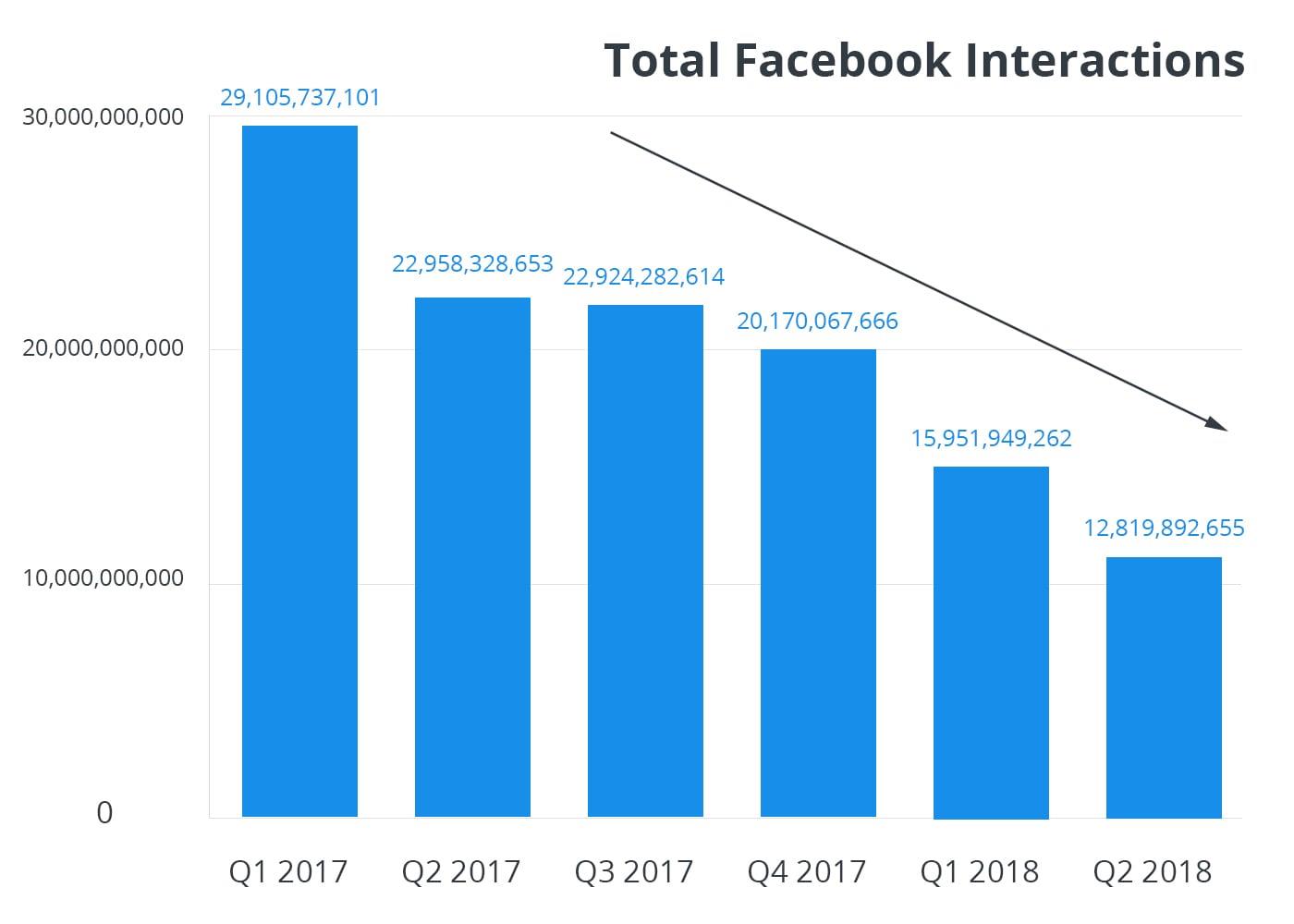
What’s especially concerning about this graph is the spots where engagement took a large fall, in Q2 2017, Q1 2018, and again in Q2 2018. Overall, we knew this was happening, but many of us probably didn’t realize how steep the drops were.
Worse, while we’d expect to see a huge drop in Q1 of this year, to coincide with the January algorithm changes, the Q2 drops indicate that there may have been even further changes to the algorithm that negatively impacted businesses.
So that’s the overall outlook. When you zoom in on a per-post basis, things get even grimmer. According to the study, per-post engagement has dropped by over 65%.
What explains this drop in engagement? The official algorithm changes certainly play a part, but Buffer theorizes there’s more to it… which brings us to their second finding.
2. Pages are posting more than ever.
Perhaps as a frenzied response to their declining reach, brands are posting more than ever. Within the past 18 months, businesses have increased their post volume by nearly 25%, according to the same Buffer study cited above.
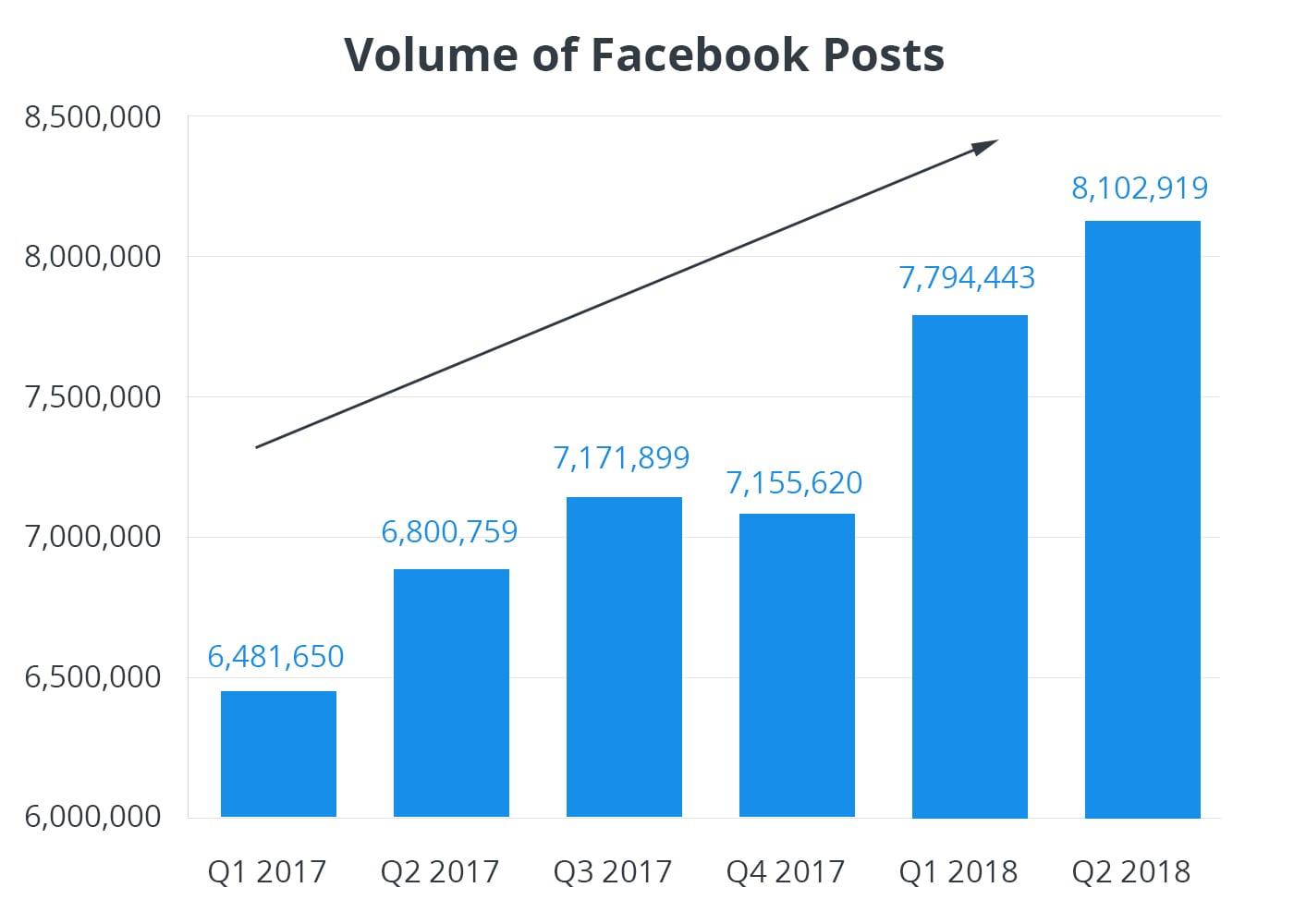
If you’re wondering what these massive numbers translate to on the page level, it’s about 4 posts per day.
Again, what’s interesting here is the jumps we witness. From Q4 of last year to Q1 of this year, we saw the biggest jump of the batch - suggesting that this increase in post volume is indeed a reaction to Facebook’s algorithm changes.
With brands posting more than ever, there’s more competition in the News Feed for any one of those posts to stand out. It stands to reason this would negatively impact the engagement rate. Throw in the fact that Facebook made a change to pointedly cull branded posts from the main feed, and you realize brands don’t stand a chance.
Increasing pressure comes from the growing number of businesses on Facebook, currently at 80 million. Not only are individual businesses posting more on a daily basis, but there are more overall businesses on Facebook engaging in that behavior. This raises the competition among posts significantly.
3. Paid posts are taking up valuable space.
The News Feed is a finite space, and the amount available to brands is getting smaller and smaller. Things are already astoundingly difficult for brands on the organic side, but now they have to deal with ads squeezing into the News Feed, too.
As Facebook ad revenue has grown steadily, these paid posts take up more of that limited space, effectively forcing brands’ hands into a pay-to-play situation.
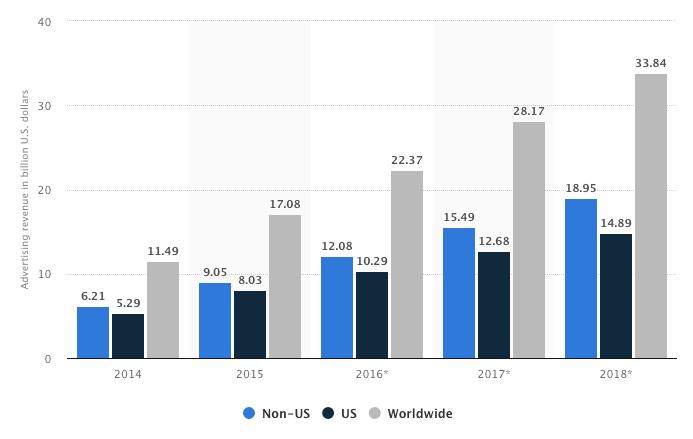
Many brands have responded to Facebook’s declining organic reach by investing more in their paid strategy. Unfortunately, that’s only created an environment where the paid space is just as overcrowded as the organic. This increased competition for a limited number of ad spots has driven the per-ad cost up to a point that’s no longer worth the ROI.
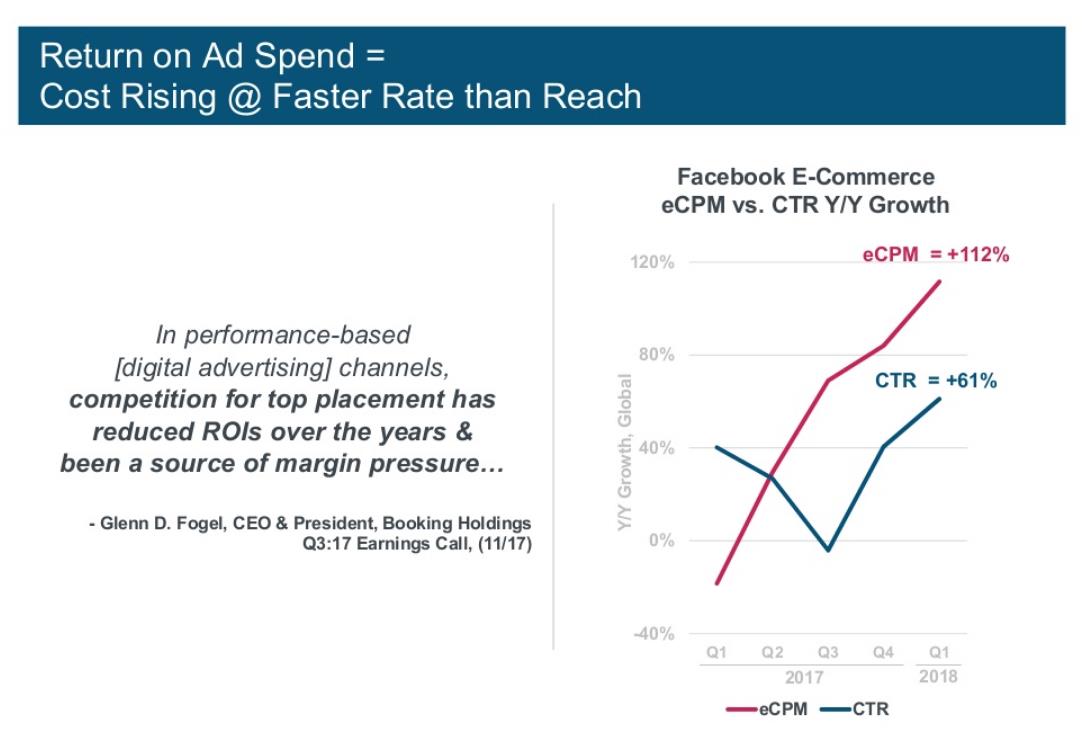
To recap:
In January 2018, Facebook announced an algorithm change, telling brands to expect reduced visibility in the News Feed.
Since then, multiple studies have confirmed that those who feared the worst were right. Page engagement and reach are at an all-time low.
So, I reverse engineered my social media strategy and devised an outreach plan that could answer these questions:
- Who is my target audience?
- What does my target audience want to read?
- Where is my target audience?
I already knew the answer to the first two questions. The answer to the third one, was quite obviously, Facebook Groups.
While your brand’s page reach may be declining, you can still reach customers through other Facebook channels, notably influencers and groups.
Besides family and friends, group posts were the only other type of content that got a boost under Facebook’s new algorithm. Groups are typically organized around a common interest, allowing you to zero in on target customer verticals, like fitness freaks or dog lovers.
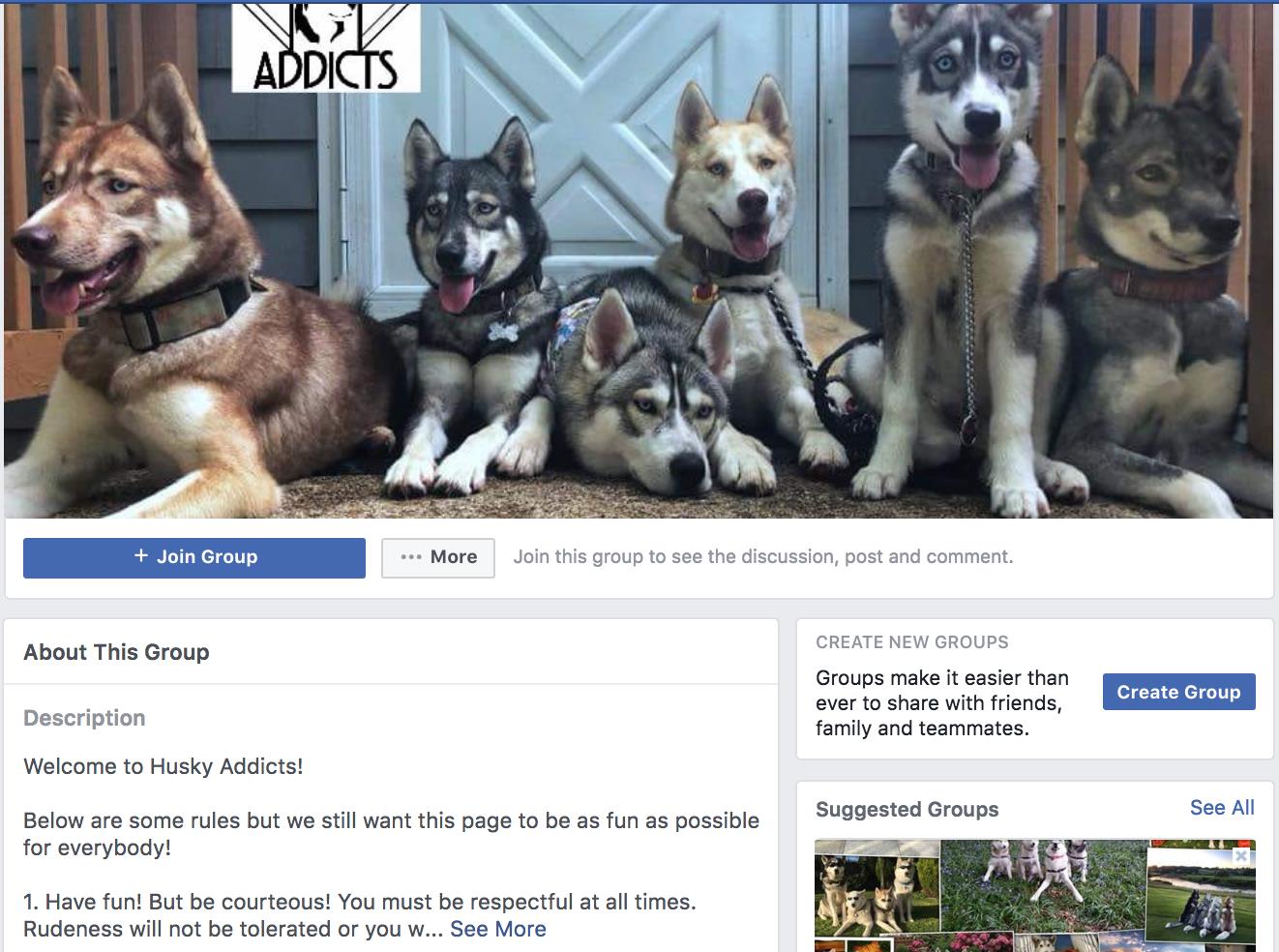
Seek out niche groups relevant to your brand, and start following the conversation. The names that keep popping up again and again, sparking discussions and contributing to them, are the people you’ll want to connect with. Many Facebook influencers grew their influence on the platform through groups specifically.
As for other Facebook influencers, who influence independently of the group setting, you’ll want to focus on micro-influencers specifically. With 100,000 followers or less, these folks are still small enough to maintain regular profile pages, as opposed to the Public Figure pages managed by celebrities and macro-influencers. Public Figure pages get demoted in the News Feed just like brand pages. If you want to expand your reach, partner with micro-influencers who have profiles instead.
Plus, multiple studies show micro-influencers drive higher engagement and better ROI for brands.
What does a strong Facebook community look like?
With all the advances made with technology, one thing that hasn’t changed is how communities work.
Essentially, it is a place where like-minded people congregate to share ideas, thoughts, things and to belong. Just like life, we all have roles to play within a community.
Here are the five roles each community has:
1. Leaders
These are the people who are the face of the group. They speak on behalf of the community, make decisions for the community and resolve issues the community may be having.
There are two types of community leaders.
Self-Appointed Leader - They are usually the ones who started the group. These are common in communities like those found on Facebook.
Appointed Leader - These people became leaders via a consensus from the community. Think about town mayors\, politicians\, board members\, school boards\, etc.
2. Influencers
All groups have influencers. They are the ones who are able to get us to do things or even change our minds about things.
3. Facilitators
They keep things moving along.
When the group gets stuck, they are the ones to get things moving. This can be done by asking a question if there is silence or changing topics if a conversation has gone off-topic.
There are influencers who are able to sway people's opinions, helpers who do what they have been asked to do for the good of the community and then there are members.
4. Conversation Starter
Unlike the influencer who is able to sway people's opinions, conversation starters get people thinking. They ask questions, share thoughts and opinions in the community. They have the ability to do this in a way that compels people to respond.
5. Members
Then there are those within the group that are not leaders, influencers, facilitators, or conversation starters. Their role in the group is to show up and participate. They are the lifeblood of any community as, without them, communities would not exist.
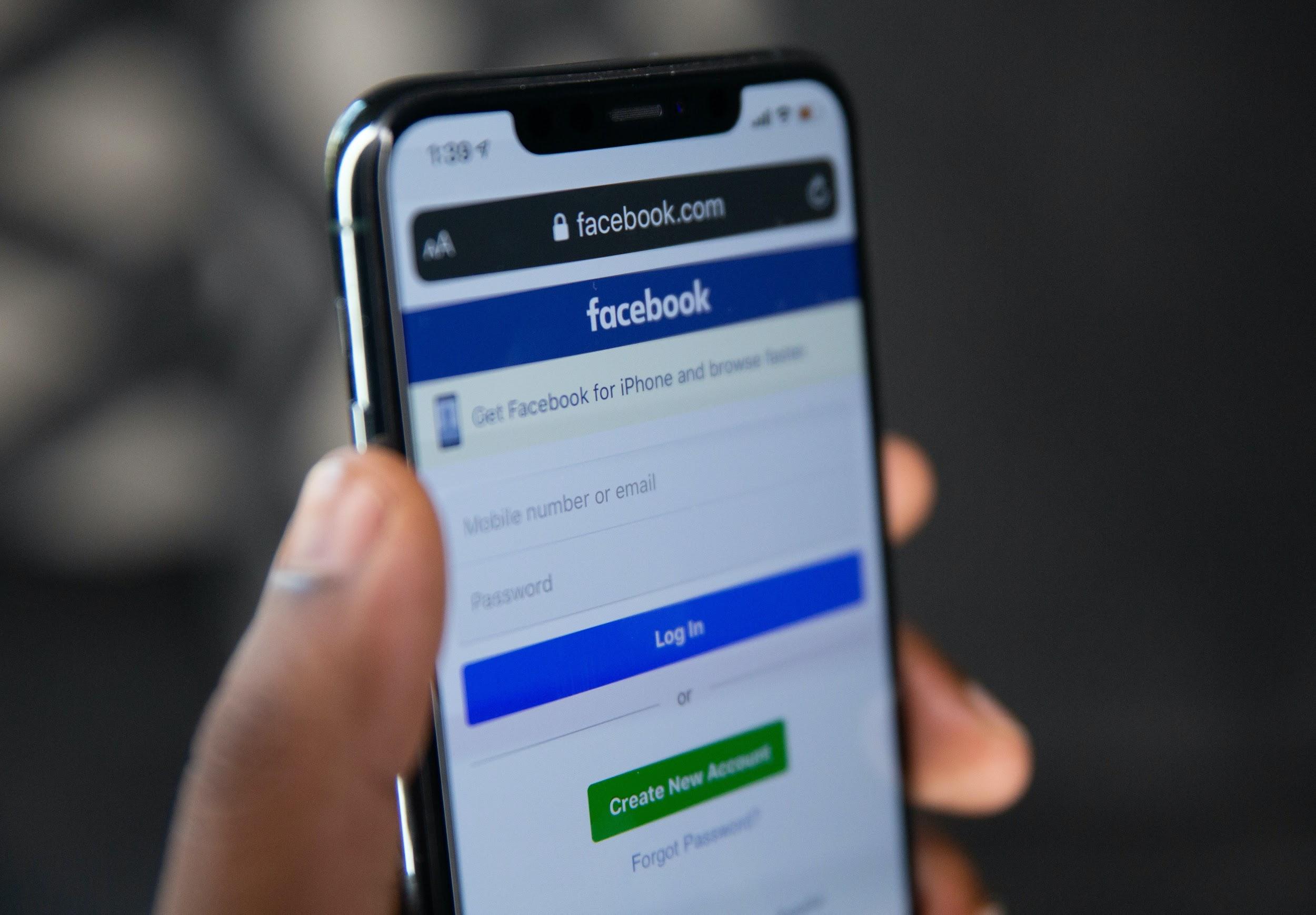
What best practices are important to keep in mind?
Remember, that joining Facebook groups is about becoming more visible to more people, not necessarily about actively marketing your services. In fact, most groups have rules about not marketing, so you’ll be doing more damage than good if you try. Make sure you read each group’s guidelines before posting anything.
How to find groups to join: Simply type in “groups” to your FaceBook search bar then hit “Discover Groups on Facebook”. This will bring up lists of recommended groups, local groups and groups that you have friends already in. Now go ahead and join any group you think might have people that might need your services in the future. Local buy, swap, and sell groups are good for instance.
What to do once you have joined the groups: Now you need to make a bit of noise. Make sure that your company page is up to date and looking good and when you decide to post on any of the group pages, personalize your message to the group you are posting to. Us For You can help you with this and has expertise in pitching messages appropriate to different groups.
Observe the rules and have a clear message.
Most people who run Facebook groups will tell you it takes a lot of time & energy to administrate Facebook groups. To keep things running smoothly they will often have guidelines. Guidelines like no post dumping, weekly promo only, and some local buy, swap & sell groups have a strict no advertising rules.
Some Facebook Group you need to be a paid member of a paid service that the person running it owns. Check out how many members they have and if they are a local group it may be worth the fee they are asking for.
Now make sure your message is clear. Don’t try to say too much with each post, just stick to the rule of “keep it short and simple”. Also, we strongly advise that you have someone check your posts before you send them, as we all can miss simple grammatical and spelling errors when we check our own writing. Even professional writers have “proofreaders”, so get a friend or family member look over your posts before you post them.
The pitch and tone of your message will be different if it is a local mother’s groups as opposed to a buy, swap, and sell group.
The next bit of advice is to go slow and steady! It might be tempting to join 50 groups and start posting the same thing daily across all of them, however, that’s a sure way to just annoy people and damage your brand. In fact, if you share your business post to multiple groups at the same time, you can be put in Facebook jail, or worse kicked off the platform altogether.
Instead, we suggest that you join a couple of groups that you think might have potential customers to your services and post tailored messages and/or adverts for each group. After a few weeks start looking at more groups and more posts, however, don’t start spamming (IE: posting too much). Stagger the times of sharing and have different introductions acknowledging the group members.
Optimize for present-ability.
Pictures of your cute dog (or kids) doing something is good. Picture of your new “I hate Jesus” on your left butt cheek is bad. Be mindful when posting pictures.
Although not always possible, remember that prospective clients might be looking at your page. You might think that marriage equality is a bad idea or that Donald Trump is an idiot, but your next customer might be LGBTQ or pro-Trump, so best to keep it to yourself.
Keep it positive.
Sure, you might be having a crap day and feel that life sucks and it’s OK to express that occasionally but don’t get carried away. People respond better to positivity, and posting on the bright sides will have the double bonus of helping you look on the bright side.
Rule of thumb, imagine you are looking for someone to do something for you (understanding of course that you are a tradie and can do most things yourself) and you’ve got a couple of choices. Imagine that you can see their FB pages. Which one do you go for? Well, your FB page should look more like the person you would give money to, to do a service for you.
Find the right community.
I’m a web designer and digital marketer. I build almost exclusively on WordPress. I found the WP community very early in my business. The amount of knowledge I’ve gained there has been priceless. Here are the main elements in a good community: generosity, low competitiveness, abundance mentality, and attraction of high-performers. I found the WordPress Meetups through Meetup.com. Don’t forget the Missinglettr Facebook page, either. Find out how others are using this great resource.
Serve.
Don’t approach the community with a taker’s mentality. Show up with a servant’s heart. Come early and help brew coffee. Stay late and help straighten up chairs. Help the noob with the obvious questions. No matter where you are in your journey, you are a ninja to somebody. Help the person behind you and the person in front of you is more likely to take the time with you.
Observe.
Who in the community is all talk and who is walking the walk? The person with the most to offer isn’t always the person with the most to say. When you identify a few people you would like to learn from, try to find ways you can give them value. It’s ok to ask a quick question but to really learn from someone you need to get to know them. Building relationships is the secret weapon to accessing deeper knowledge. Nobody wants to build a relationship with a taker. Be a giver, first.
Build your library.
Where are the movers in your community getting their knowledge? What books, podcasts, blogs, or shows are they spending time on? Not only does that increase your knowledge, but it gives you common ground to have meaningful conversations.
Demonstrate.
When someone has been kind enough to share their knowledge with you, make a point to circle back around and show them how you put it into use. Mentors hate wasted effort. Showing them you were listening and their knowledge and time weren’t wasted can be an encouragement to them. Often, serving in a community can be thankless. Showing appreciation by action can be very powerful.
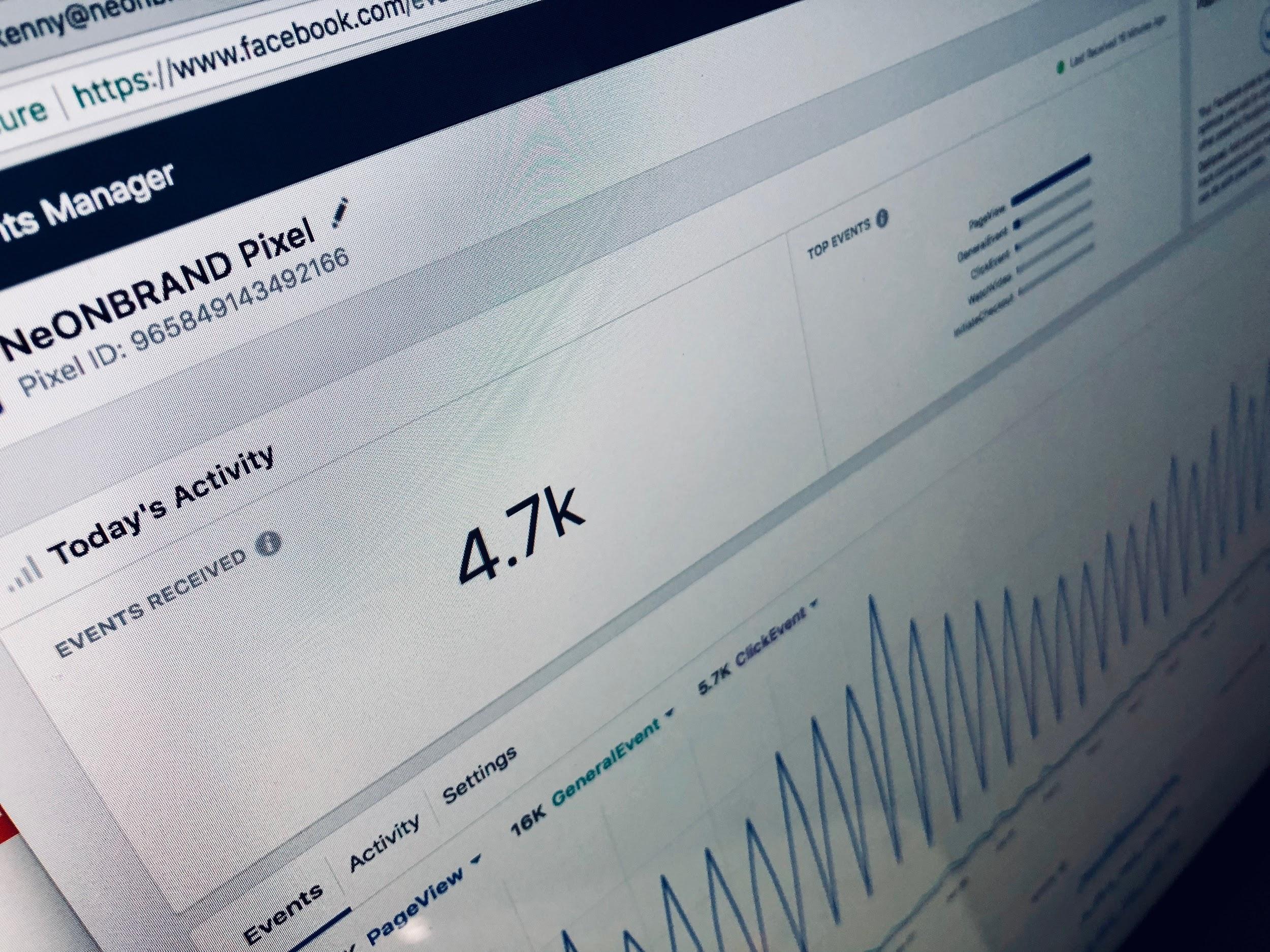
How can I drive engagement in my Facebook community?
You have built a Facebook group and people are joining, but what do you do now? Now it is time to engage the group and foster discussions as a group admin.
Creating engagement involves posting regular content, sharing items of interest, and then also encouraging your group to actively participate in the content you have on offer.
But even after running my own group for 4 years I know you can get stuck for ideas on how to engage your Facebook Community so here are some insider ideas and tips for you to create engagement within your Facebook Group.
Post regularly.
Your Facebook community wants to know you are there, to support them as well as encourage them to post.
So as an admin that means you need to “be there” and post on a regular basis which ensures there’s always new content for your community
Exactly how often you post depends on your group but the aim is to ensure each time a member returns there is fresh information to enjoy.
Content does not have to be lengthy and it can take a variety of forms including memes, quotes, videos, blogs, quizzes, and questions, but where possible, it should be visually compelling, which we will delve into below.
Ideas and tips for creating content and engagement in your group:
Use hot industry topics - Find and utilize topics that your audience will appreciate being made aware of\, and don’t hesitate to ask them questions.
Share content other than your own - Sharing relevant and expert content by others serves to present your group as an authority in your field. It also adds value to the resources you offer and ensures your page is not focused on self-promotion and your products.
Use a variety of styles - Statistics indicate users are more likely to engage with content when it takes on different looks and styles. Employ the variety of tools at your disposal. These includes:
- Facebook Live - Facebook Live is a great way to build relationships, immediacy, and recognition. It allows you to show the audience “the real you”, while demonstrating the personality and ethos behind your group. In turn, this builds trust while offering the opportunity to showcase products. Host a Q&A or provide a personal insight into the workings of your business and brand.
- Video - Video is a great tool for Facebook as it’s visually appealing and you can pack a lot of information into a short time.
- Memes - Basically a picture with short accompanying wording, memes are also visually compelling.
- Posts - Facebook posts are generally short and sweet. Where possible use a picture for visual appeal and if you wish, link it to other areas like your website for further reading.
Pose a question - Questions encourage interaction and engagement as users drop their answers in the comments. Questions often lead to further conversations about the topic and foster interaction between members.
To really get a group cracking, you can ask friends to assist by posing their questions too, and by encouraging members to get involved and ask what they want to know.
Offer a challenge - Challenges are a great way of creating immediacy and engagement and they’ve become a popular activity inside groups. They also enable users to feel a sense of accomplishment and increase the level of value provided by your page.
Tutorials - Tutorials help establish your business as the leader in the industry. Each week post a tutorial video that seeks to help and support your members.
Quizzes - Quizzes are fun for group members\, and they’re also helpful to gather data from members of your group. Use quizzes to find out about your members and their interests\, or just to check-in and see how they’re going. You can also use quizzes to assist in market research for your next product or service should be.
Polls - Like quizzes, polls are a great way of gauging the interests of your group while encouraging interaction. They also serve to help find fresh content ideas.
Create a poll for your group to vote on - it can be anything from proposed industry changes that may affect them to polls about your next blog title\, logo\, or the type of content for the next month. You can also encourage members to put up their own polls as a way of fostering support and interaction.
Ask for feedback - End relevant posts with a question that actively seeks feedback such as “what are your thoughts? Or “Have you had a similar experience?”\, “ What three things would you do in this situation?” etc.
Tagging - If there’s a post or discussion that may be of interest to select members of your group\, tag them in so they know what’s going on and can join the discussion.
Change it up - Finally\, don’t be afraid to change things up. A combination of scheduled events\, pop up items\, discussions\, and posts make a Facebook Group feel exciting\, vibrant\, and social\, and that’s exactly what Facebook is all about.
Engagement is the key to ensuring your community stays involved and grows. Apply the information provided here and see your community flourish over time.



